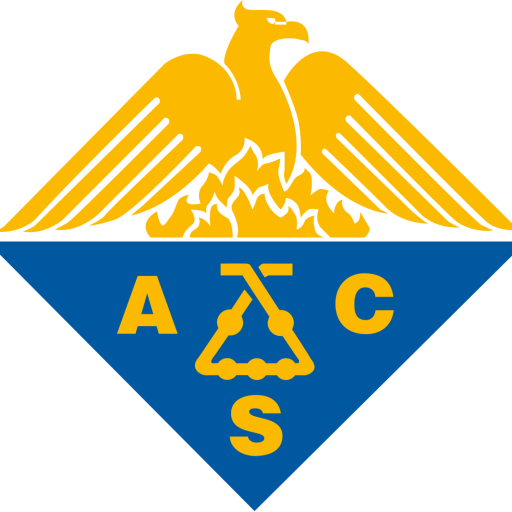Learning efficiently is a skill that can significantly enhance academic and professional success. By leveraging scientifically proven methods, individuals can optimize their study habits, improve retention, and deepen understanding. In this blog post, we explore ten evidence-based techniques that promote effective learning, empowering readers to achieve their educational goals with greater precision and impact.
1. Active Recall: Boost Memory Retention
Active recall is a powerful technique that involves actively retrieving information from memory to strengthen retention. To implement this method effectively, you should engage in self-quizzing techniques by testing yourself regularly on key concepts to reinforce learning, use flashcards effectively by creating flashcards with questions on one side and answers on the other to facilitate quick reviews, and practice retrieving information without aids by challenging yourself to recall facts without referring to notes, which enhances long-term memory.
2. Spaced Repetition: Optimize Review Intervals
Spaced repetition leverages the spacing effect to improve retention by reviewing material at gradually increasing intervals. To apply this method, schedule regular review sessions by planning reviews at specific intervals such as one day, one week, and one month after initial learning, utilize spaced repetition software like Anki or Quizlet to automate and optimize review schedules, and gradually increase the time between reviews as mastery improves to reinforce long-term retention.
3. The Pomodoro Technique: Enhance Focus and Productivity
The Pomodoro Technique is a time-management method that promotes sustained focus and prevents burnout. To implement it, work in focused 25-minute intervals by setting a timer for 25 minutes and dedicating this time to uninterrupted study, take short breaks between sessions by resting for 5 minutes after each interval to recharge, and maximize concentration while minimizing burnout by taking a longer break of 15 to 30 minutes after four intervals to maintain productivity.
4. Mind Mapping: Visualize Complex Concepts
Mind mapping helps learners organize and visualize information, making it easier to understand and recall. To use this technique, create visual representations of information by drawing a central idea and branching out to related concepts using lines and keywords, connect related ideas and concepts by linking subtopics to show relationships and enhance comprehension, and improve understanding and recall by using colors and images to make the mind map more memorable and engaging.
5. The Feynman Technique: Simplify to Master
The Feynman Technique involves explaining complex concepts in simple terms to deepen understanding. To apply this method, explain concepts in simple terms by pretending to teach the material to a beginner using plain language, identify knowledge gaps by noting areas where explanations falter, indicating topics that need further study, and refine understanding through teaching others by sharing your explanations with peers to solidify your grasp of the material.
6. Elaborative Rehearsal: Deepen Understanding
Elaborative rehearsal involves connecting new information to existing knowledge to enhance comprehension. To implement this method, connect new information to existing knowledge by relating new concepts to familiar ideas or experiences, create meaningful associations by using analogies or real-world examples to make the material more relatable, and engage in discussions and debates by discussing topics with others to explore different perspectives and reinforce learning.
7. Interleaving: Mix Up Your Study Topics
Interleaving involves alternating between different subjects or topics during study sessions to improve retention and problem-solving skills. To use this technique, alternate between different subjects by switching between topics such as math and history within a single study session, improve long-term retention and problem-solving skills by helping the brain make connections across topics, and avoid the illusion of competence by challenging learners to adapt to varied material, which prevents overconfidence.
8. Metacognition: Reflect on Your Learning Process
Metacognition involves thinking about your own learning process to improve study habits. To practice metacognition, monitor your comprehension by regularly assessing your understanding of the material, evaluate learning strategies by reflecting on which methods are most effective for you, and adjust study methods based on self-assessment by adapting your approach to what works best for your learning style.
9. Chunking: Break Down Complex Information
Chunking involves grouping related information into manageable units to improve memory and processing. To apply this method, group related information into manageable units by breaking down large topics into smaller, related segments, improve working memory capacity by organizing information into patterns such as acronyms or categories, and enhance information processing and recall by simplifying complex material to make it easier to remember.
10. Dual Coding: Combine Visual and Verbal Learning
Dual coding enhances learning by combining verbal and visual information. To implement this technique, pair text with relevant images or diagrams by using visuals to complement written or spoken explanations, create mental imagery for abstract concepts by visualizing abstract ideas to make them more concrete, and strengthen memory through multiple channels by engaging both visual and verbal memory systems to improve retention.
Conclusion
Efficient learning is achievable through the application of scientifically validated methods. By incorporating techniques such as active recall, spaced repetition, and dual coding, learners can optimize their study habits, enhance retention, and deepen their understanding of complex material. The speaker in the image above serves as a powerful reminder of the importance of education and the impact of adopting effective strategies. As you embark on your learning journey, consider integrating these methods to unlock your full potential.
